On 31 October 2017, Macau took its place alongside 25 other cities across the world which hold the elite designation of “UNESCO Creative City of Gastronomy”. Upon this announcement, Secretary for Social Affairs and Culture of the Macau SAR government, Dr Alexis Tam, said that “becoming a member of the network will open new horizons for Macao to develop as a diverse, unique and sustainable city”.
Less than two decades ago, culinary provision in Macau comprised of little more than traditional street food served in dai pai dongs, casual cafes, and mom-and-pop style restaurants – with the odd hotel grill room thrown in.
Today, Macau is a glittering culinary destination which attracts globally known chefs (Robuchon and Ducasse to name but two) and now boasts 19 Michelin stars across multiple cuisines, one star up on last year. And, say industry insiders, culinary tourism in Macau is definitely on the up.
No surprise then, about Macau’s UNESCO gastronomy designation?
Also read 50 FREE Things To Do In Macau and 18 Amazing Macau Landmarks that will impress you.
Creative Cities of Gastronomy
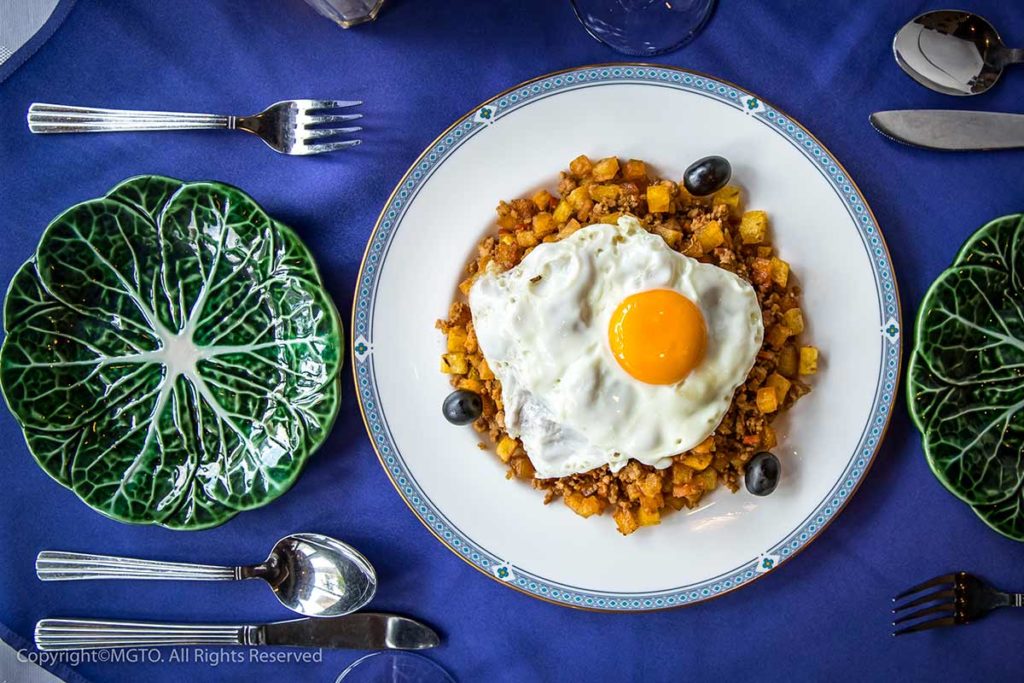
Other destinations holding Creative City of Gastronomy status include:
- Alba, famous for its white truffles and food festivals
- Parma with its world-recognised Parma ham and Parmigiana Reggiano
- Jeonju in Korea with its rice and mountain vegetable cultivation.
There are also two Creative Cities of Gastronomy in China.
- Chengdu (2010), regarded as the epicentre of Sichuan cooking, and listed as the first city in China to establish a tea culture centre, and to open a food museum.
- Shunde (2014), not too far away in Guangdong Province, which is one of, if not the cradle of Cantonese cuisine, recognised for culinary innovation in addition to cooking tradition.
What is a Creative City of Gastronomy?
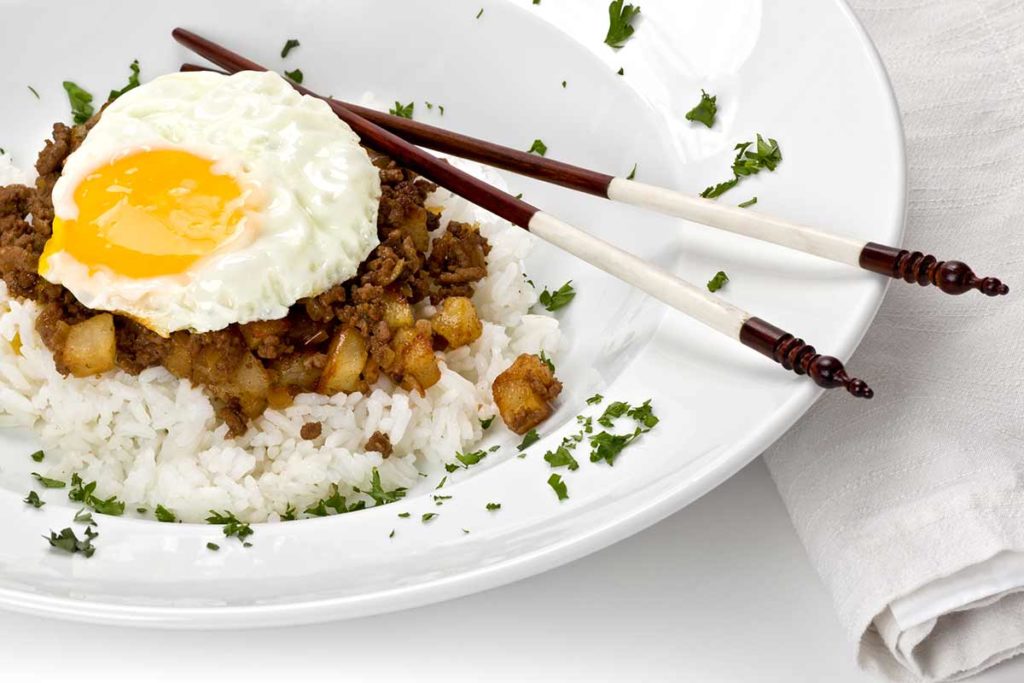
The criteria for City inclusion, then, are apparently quite broad, and UNESCO does not necessarily reveal why a particular City is accepted.
According to the Macau Government Tourism Office (MGTO), an important factor for the selection of Macau, where today there’s barely even a papaya tree to be seen, was not the impressive number of Michelin stars, but the city’s 450-year (Macanese) culinary legacy.
Macanese is arguably the world’s first fusion cooking, taking as its soul Portuguese traditions, combining them with Asian techniques and ingredients, and even twists of African and Brazilian influence.
To this unique cuisine can be added the longstanding Portuguese and Cantonese (and other Chinese regional cuisines) food traditions.
Interestingly, the first place to be named Creative City of Gastronomy (in 2005) was Popayan in Columbia.
In parallel to Macau, it can identify three key culinary traditions, sitting at the crossroads of pre-Columbian, African and Spanish cultures.
Traditional cuisine in that city is additionally seen as a melting pot of rites, legends and cultural practices.
Here’s what to eat in Macau to get a taste of popular local snacks.
What is Gastronomy?
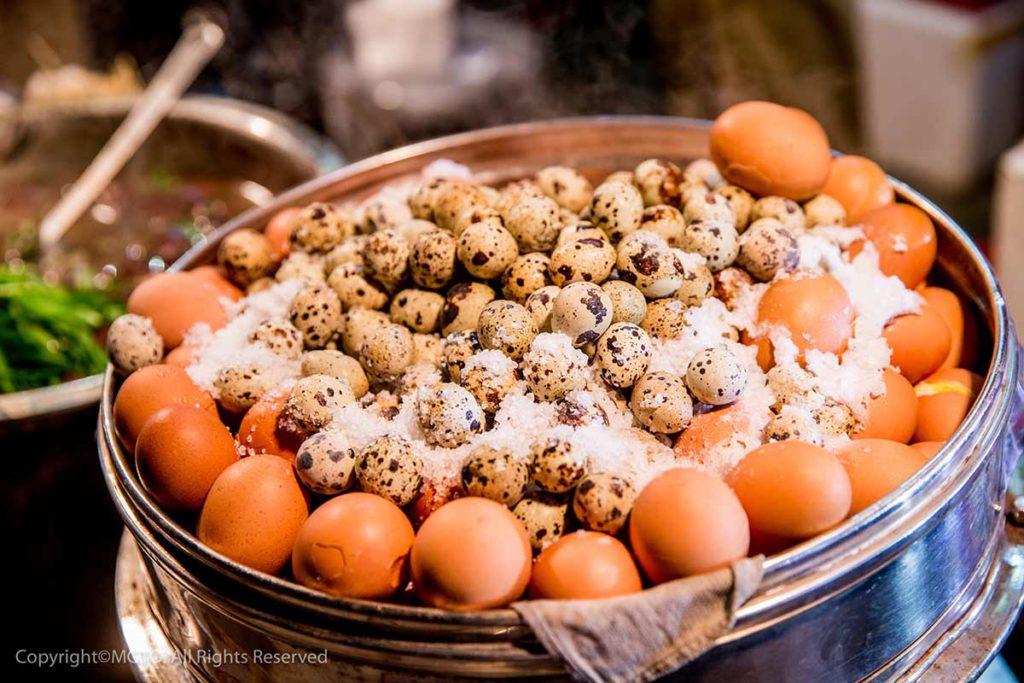
However, the UNESCO initiative is about even more than culinary tradition and agricultural activity: it seeks to frame and explore gastronomy in a number of different ways.
This is clear in the way that this designation forms part of the Creative Cities Network (UCCN), launched in 2004, which recognises Gastronomy alongside Music, Film, Literature, Design, Media Arts, Crafts and Folks Arts.
Gastronomy has for the last few decades been taken seriously within academic research, sitting comfortably within the social sciences.
A step further, the UNESCO framing identifies gastronomy as something intrinsically cultural and creative.
Crossover between different cultural categories is hugely encouraged.
For example, in member city Tsuruoka (Japan), farmers, cooks and chefs are already revered as creators and artists.
In Tucson, a member city in America’s Sonoran Desert, an annual initiative engages the Creative Cities of both Gastronomy and Literature, via the Food & Farm Writing and Literature International Forum.
Creative Cities Network (UCCN)
Today, membership comprises 180 cities across 72 countries.
New members form part of this vast network with a view to cross-city cooperation and sharing.
It’s a network built on the foundation of the identification of creativity as a strategic factor for sustainable urban development with regards to economic, environmental, cultural and social aspects.
Macau’s Creative City of Gastronomy plan
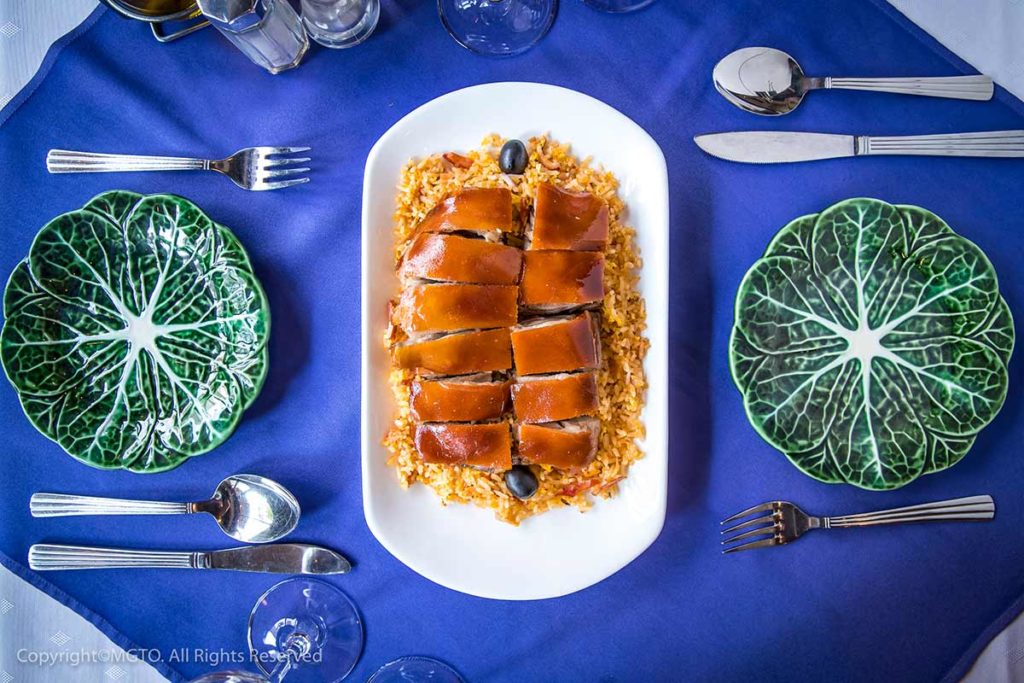
In 2018, in what has been deemed a successful first year, MGTO rolled out a four-year plan focusing particularly on:
- cooperation with Creative Cities in China
- joining research programmes with other Creative Cities situated on the Silk Road (such as member cities Hatay in Turkey, and Rasht in Iran)
- launching the Inaugural International Gastronomy Forum, which took place in January 2019
- promoting the June 18th International Sustainable Gastronomy Day.
What the experts say about Macau’s culinary culture
The new Creative City of Gastronomy moniker has been embraced by the hospitality industry.
“I hope the government will continue to bring efforts of uplifting the city with more international gastronomy events and subsidising potential culinary projects to make the city like Taiwan, Singapore and so on,” said industry veteran and Macau-raised Ada Chio de la Cruz, vice president for destination marketing and brand strategy at Grand Lisboa.
“Gastronomy is set to bring an array of new opportunities to promote Macau’s unique culinary culture as the city transforms into a sustainable world centre of tourism and leisure,” commented senior vice president of food and beverage at Sands Resort, Tom Connolly.
Is a sustainable future possible for Macau?
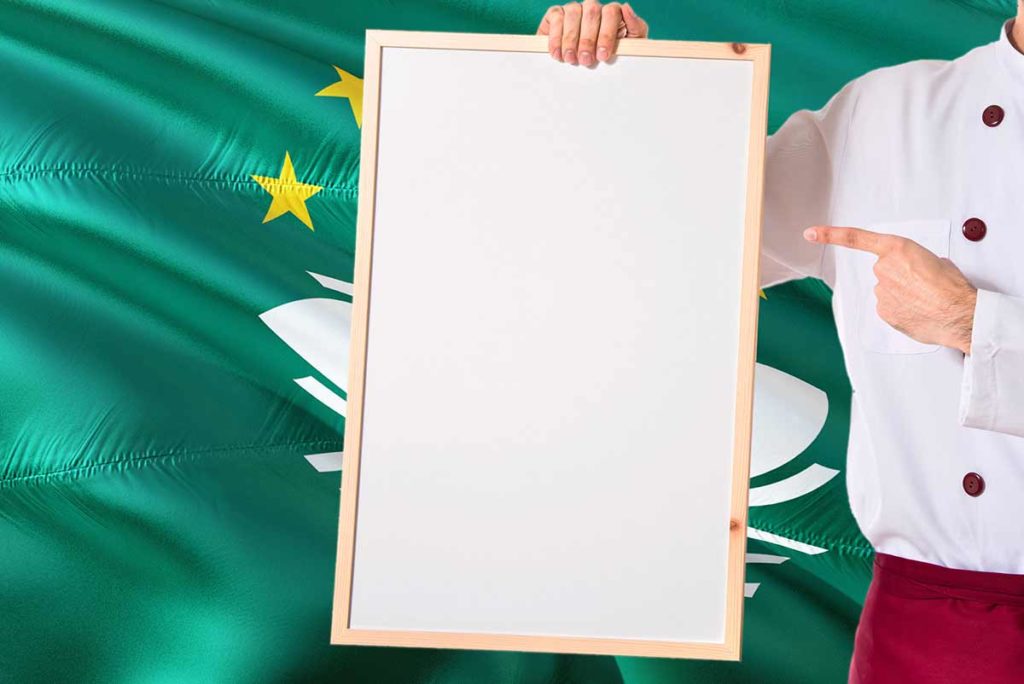
With the key word being “sustainable”, what does all this mean for Macau?
On the one hand, there is the not insignificant challenge, for a city which produces little of its food, on committing to sustainable agriculture and food supply.
“Definitely this is the most challenging topic, to become green in Macau, I would have said 15 years ago,” says Ada Chio.
“But now, with the easy accessibility of food from all around the world, it gives an easier life for people who have a passion to develop and sustain green”.
Examples of sustainability today
Casa don Alfonso at Grand Lisboa
She cites as an example the Grand Lisboa’s Italian restaurant, Casa don Alfonso.
Twice a week, they fly in most of their produce, from cherry tomatoes and all kinds of vegetables to olives and olive oils, direct from Chef Afonso’s own organic farm in Italy.
Local initiatives
She additionally notes that local Macau people are also becoming aware of the importance of a sustainable environment.
“A few restaurants have opened indoor greeneries to grow their salads etc.”
Wynn Macau
At Wynn Macau, there’s a strong commitment to working closely with sustainable farms and fisheries.
“I believe that sustainability is at the forefront of everyone’s minds, so we will increasingly find out more and more variety in responding to the market while keeping the “green” concept,” says executive vice president, food and beverage, Kristoffer Luczak.
Sands Resort
It is a sentiment echoed by Tom Connolly. “In Macao, 90 per cent of food is imported, but strong logistics mean we can get seafood from Japan and Europe twice a week, or even more frequently. Further, we use organic vegetables and other produce from Southern China, maintaining freshness as well as reducing carbon footprint by transporting by land”.
Sands has also, in conjunction with Macau social enterprise Green Monday, developed a Green Cuisine campaign across 14 of its restaurants, offering dishes such as organic millet and Delhi vegetable stew with sous-vide Portobello mushrooms at the one Michelin-star Indian restaurant Golden Peacock.
It also offers a modern take on the ever-popular Macau Pork Chop bun – a vegan version.
Further, back-of-house, team-member dining rooms serve vegan menus every Monday in conjunction with the all-week “Clean Plate Challenge,” to discourage food waste.
Sustainability at grassroots
But there’s a second sense of Sustainability, and that’s one taking place at a much more grassroots level.
The questions to be asked in this regard are:
- How does a Creative City of Gastronomy such as Macau make local cultural resources a prominent component part of urban creative forces?
- How can culinary traditions be included to help tell the story of the shaping of a city and a tourist destination?
The Macau government has identified gastronomy as a key lever for nurturing cultural diversity and supporting sustainable economic growth.
Currently, just 6.6 per cent of the Macau workforce is employed in the gastronomy field, though significantly nearly 30 per cent of those fall into the 25 to 34 age bracket.
One UCCN initiative is to arouse interest among the younger members of the local population in pursuing careers in the culinary arts.
The Education & Youth Affairs Bureau has plans to build a technical-professional training centre; and at tertiary level, the Institute for Tourism Studies (IFT) is establishing a culinary centre where higher education degrees, continuing education and professional training will be available.
Here, there will be a particular emphasis on Macanese cooking.
Ada Chio further believes that in order to attract young people to culinary schools, food culture should enter the school syllabus at secondary, or even primary, level.
Meanwhile, in the private sector, Wynn has established a Food & Beverage Academy to help their own staff develop their skills and knowledge in order to grow their own careers.
This is an initiative which neatly dovetails into CSR (corporate social responsibility).
Macau’s culinary art inheritance

MGTO asserts that every UCCN City has its own challenges, and a major current local effort is to face the matter of the “inheritance of culinary art.”
“Many local eateries are finding it difficult to pass on its traditional recipes to the next generation, given the more complex economic situation,” said a spokesperson.
Higher rents are cited, as well as an imbalance in Macau’s development.
Some older stores, ‘nostalgia’ shops, and eateries in older districts are experiencing operational problems because of regional development.
Such issues are being addressed by not only offers of financial support but also – in perfect keeping with UCCN crossover initiatives – in matching creative agencies and local designers with store owners to help with branding and packaging advice; even with shopfronts and store layouts.
Such initiatives are deemed to “tell the history of the business and stories about the generations of family devoted to their unique products,” said MGTO.
The future of gastronomy in Macau
All this is seen to help steer towards a more “balanced” development of the Macau community; the development required beyond the heady hotel complexes and shimmering casinos.
Clearly, the preservation and promotion of the unique Macanese cuisine is established as a kind of jewel in the crown in MGTO strategy.
There was a proud moment, back in 2005 when 20 historic buildings in Macau were identified as comprising a UNESCO World Heritage Centre.
This directive has then, of course, been followed by the 2017 designation of Creative City of Gastronomy.
Going forward, though, it is hoped by members of the Macanese community that Macanese Cuisine might, along with the Spanish Flamenco, Georgian Polyphony and The Mediterranean Diet, finally be included on the prestigious lists of UNESCO Intangible Cultural Heritage.
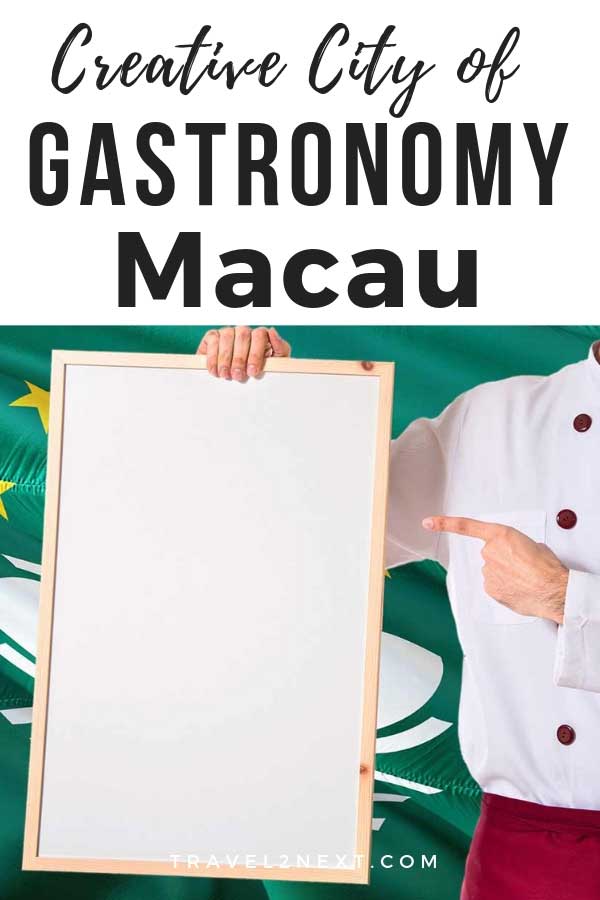
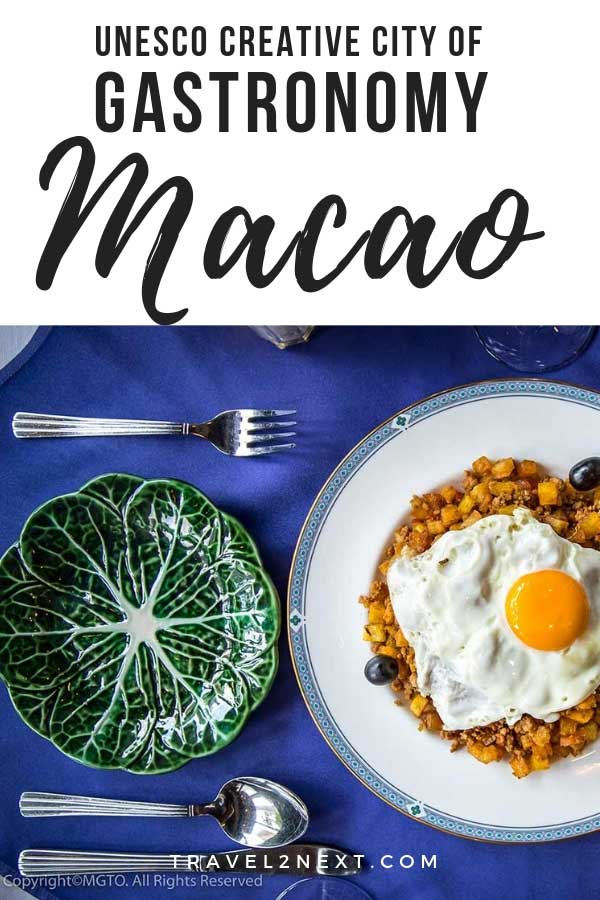
Plan Your Trip

Rent A Car – Find the best car rental rates at Discover Cars. They compare car hire companies to provide you with the best deal right now.

Find A Hotel – If you’re curious about this article and are looking for somewhere to stay, take a look at these amazing hotels.





